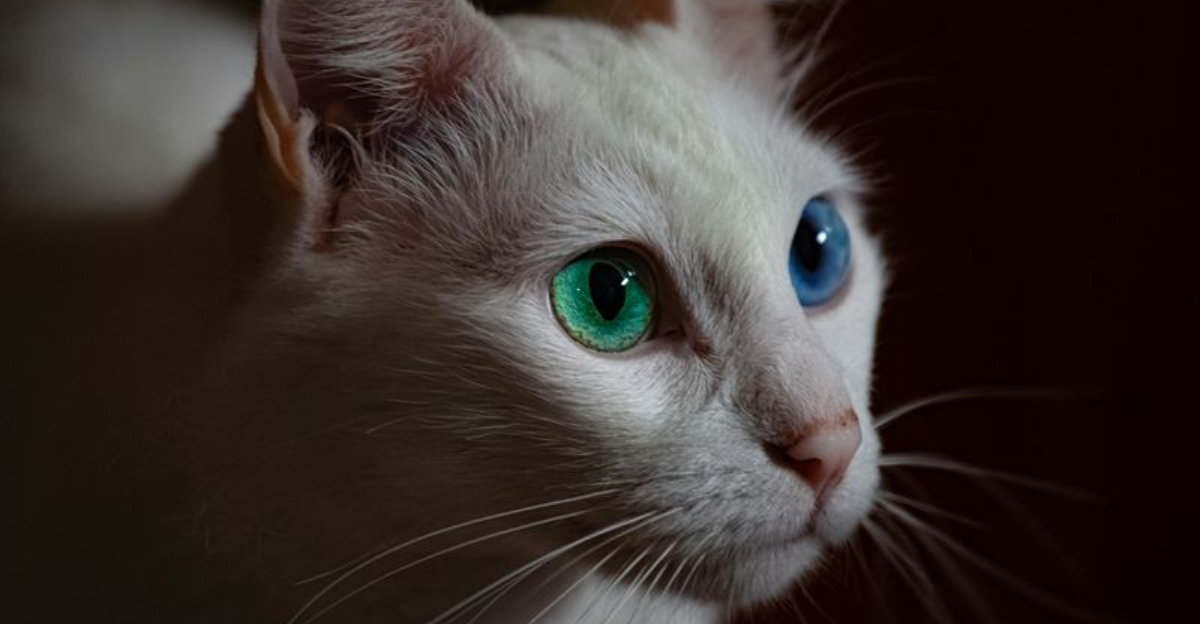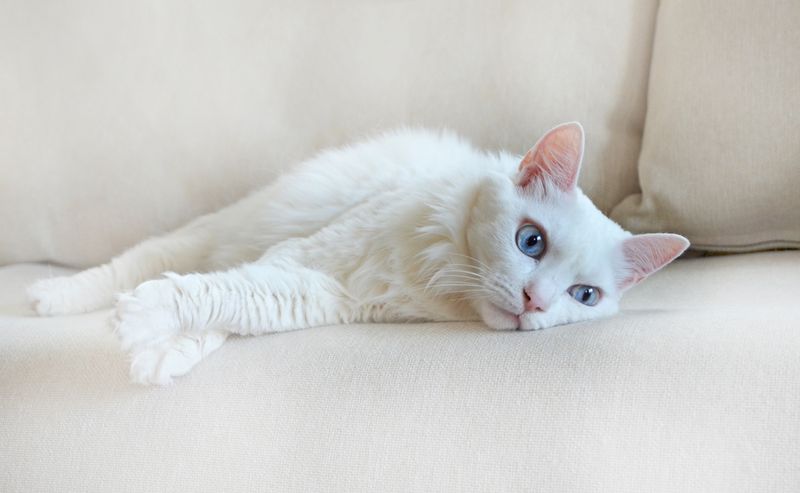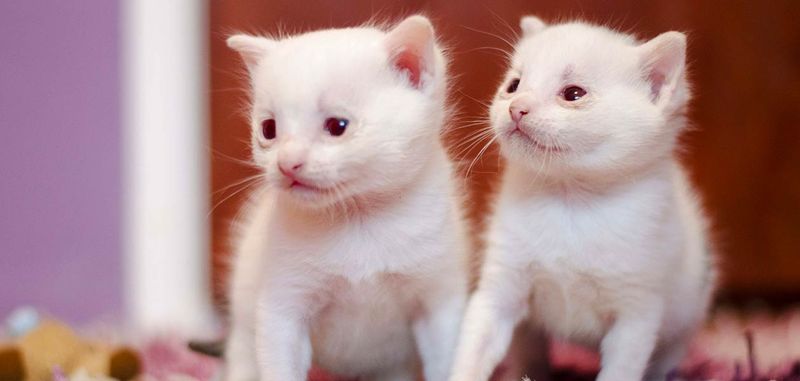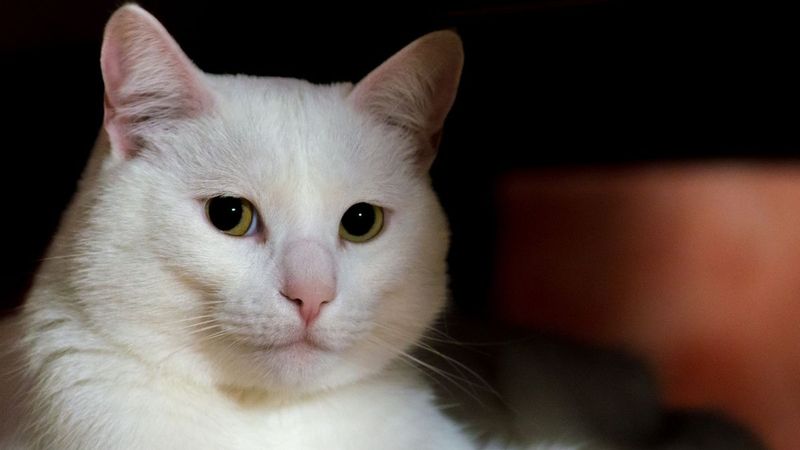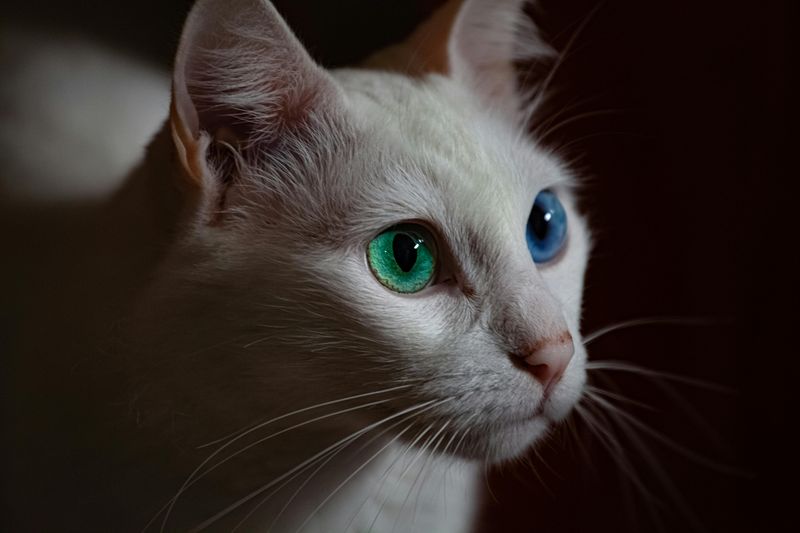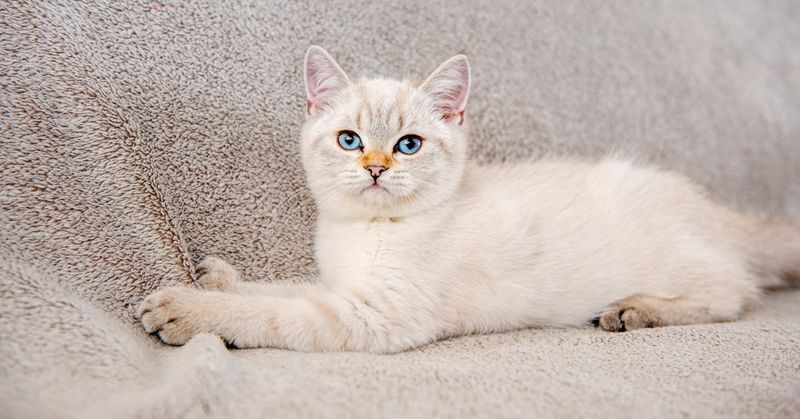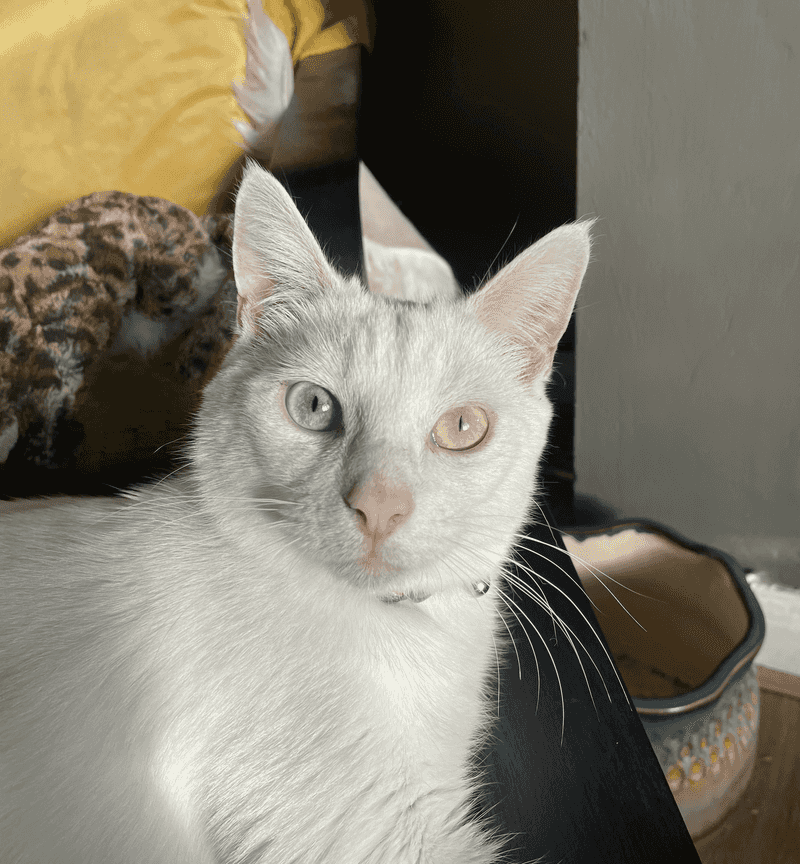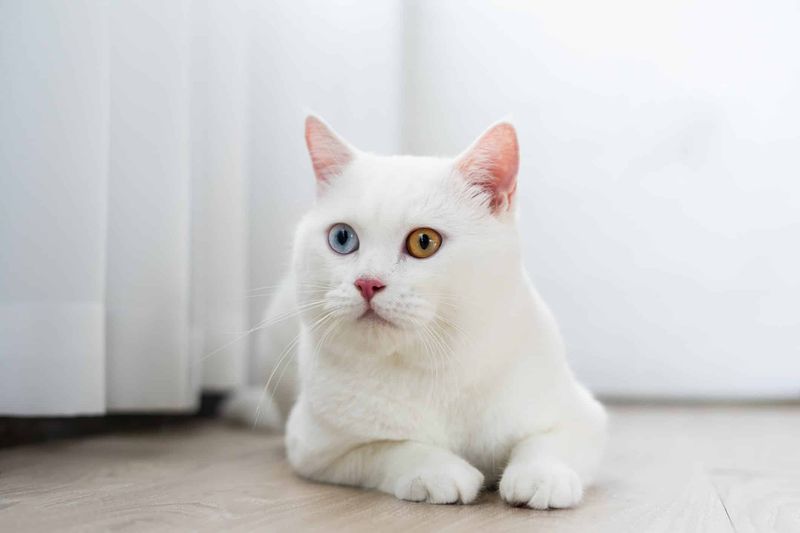📖 Table of Content:
Cats come in an extraordinary array of colors and patterns, but few are as visually striking—and often confused—as white cats and albino cats. While their coats may appear similar to the untrained eye, the genetic and biological differences between them are quite significant. Understanding these differences not only deepens our appreciation for feline diversity but also helps ensure we provide the proper care and environment each type requires.
Albinism is a rare genetic condition that affects pigmentation in both animals and humans. In cats, this results in a complete absence of melanin, the pigment responsible for coloration in the eyes, skin, and fur. White cats, on the other hand, are not albinos; they simply have a dominant gene that masks their true underlying color. This creates a crucial distinction, especially in terms of their health needs, behavior, and appearance.
Whether you’re a curious cat lover, a potential pet parent, or simply someone who enjoys learning more about nature’s wonders, recognizing the nuances between these two visually similar felines can be enlightening. From genetic roots to subtle physical clues, this article breaks down the 7 major differences between albino cats and white cats, helping you tell them apart and understand each one’s unique makeup.
1. Genetics
At the heart of the difference is a matter of genetics. Albino cats are the result of a rare mutation in the TYR gene, which entirely shuts down melanin production. This mutation is recessive, meaning a cat must inherit the gene from both parents to express albinism. White cats, however, possess the dominant W gene, which effectively masks all other coat colors without affecting melanin synthesis. Their apparent whiteness is more of a visual override than a true absence of pigment. While albinos are genetically colorless, white cats may secretly carry genes for black, orange, tabby, or other colors. So, the genetic mechanism in each case is fundamentally different, with one causing true pigment loss and the other merely covering it up.
2. Eye Color
Unlike white cats, albino cats have eye colors that are often very pale due to the absence of pigment in the iris. Their eyes usually appear light blue, lavender, or even slightly pinkish, with blood vessels occasionally visible through the translucent tissue. In contrast, white cats enjoy the full range of feline eye colors, including green, gold, blue, and even odd-eyed combinations. The vividness in their eyes comes from melanin, which albino cats lack completely. Sometimes, white cats are mistaken for albinos if they have light blue eyes, but true albinos will always have that washed-out or ghostly appearance. Eye color, then, becomes a vital clue in distinguishing the two. It’s one of the easiest ways to spot albinism, especially when paired with other signs.
3. Skin Color
What lies beneath the fur also offers valuable insight. Albino cats have very pale, almost translucent pink skin because there’s no melanin to color their skin tissue. Their noses, ears, and paw pads are all light pink, matching the color of their visible blood vessels. On the other hand, white cats may show pink skin too, but this is more variable, and their paw pads or noses can be pigmented in gray or black, depending on their hidden genetic profile. A close examination of the skin, particularly in areas with less fur, can help differentiate the two. While their coats may seem identical, their skin tells another story. Melanin plays a role even below the surface, making this a subtle but revealing detail.
4. Light Sensitivity
Exposing an albino cat to sunlight highlights another major difference: extreme light sensitivity. These cats often squint in bright environments and may seek shade instinctively due to photophobia. The lack of melanin in their eyes makes them more prone to discomfort and even damage from UV rays. In comparison, white cats have functional pigmentation in their eyes and are usually less sensitive to light. However, they are still at risk for sunburn, especially on thin-skinned areas like the ears and nose. Owners of albino cats must be extra cautious with sun exposure, sometimes even keeping them indoors full-time. This sensitivity underscores the practical implications of their pigment-free condition.
5. Hearing Loss
Interestingly, deafness is a risk more often associated with white cats than albinos. White cats with blue eyes are significantly more likely to be born deaf due to a gene linked to pigmentation and inner ear development. This condition does not generally affect albino cats, as their deafness isn’t related to their pigment gene. It’s a counterintuitive difference that surprises many cat lovers, especially since albinos have other genetic vulnerabilities. If a cat is white and blue-eyed but not albino, there’s a much greater chance it may suffer from partial or full deafness. Audiology tests are sometimes necessary to confirm this. So, hearing ability becomes a useful—but not infallible—clue in distinguishing the two.
6. Coat Color Under UV Light
Viewed under ultraviolet light, the difference in fur properties becomes surprisingly apparent. Albino cats’ coats may appear to glow slightly or have a translucent sheen because their hair shafts contain no pigment at all. White cats, while also light under UV, retain some structural color in their hair, keeping the fur opaque. This is a detail often missed unless special lighting is used. Veterinarians or breeders sometimes use this technique to help identify true albinism. Though subtle, the optical properties of the coat reflect deeper biological truths. It’s another tool in the arsenal of feline identification.
7. Rarity
Statistically speaking, albino cats are a rarity in the feline world. Because albinism requires two recessive genes to be passed down, the likelihood of it occurring is extremely low. White cats, by contrast, are much more common and appear across a wide variety of breeds. You’ll find them in show rings, shelters, and households far more frequently than their albino counterparts. This rarity makes albino cats particularly unique and sometimes more sought after by enthusiasts. However, it also means fewer breeders specialize in them. The odds of encountering an albino cat are slim—making every sighting a special one.
